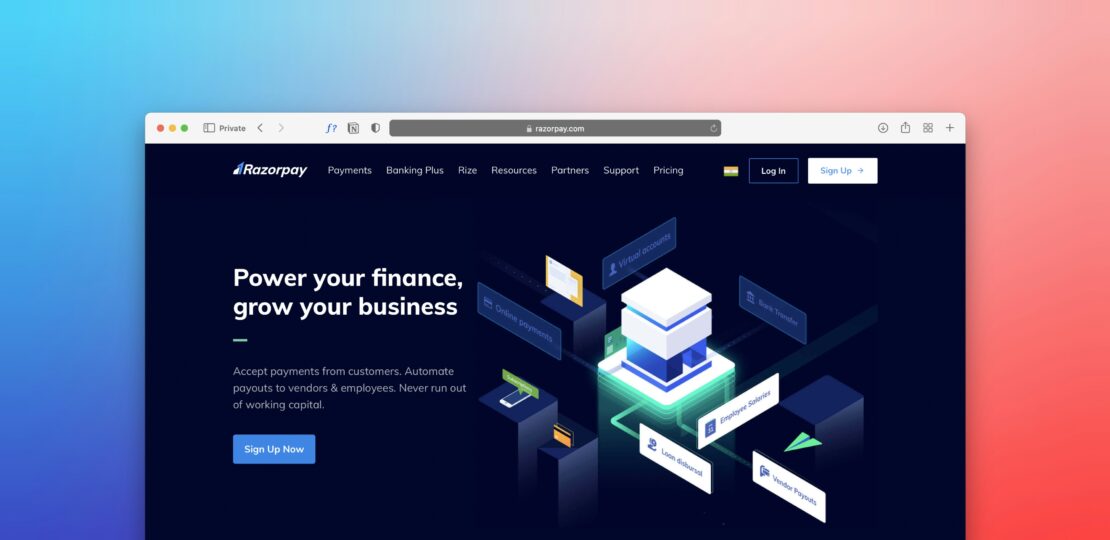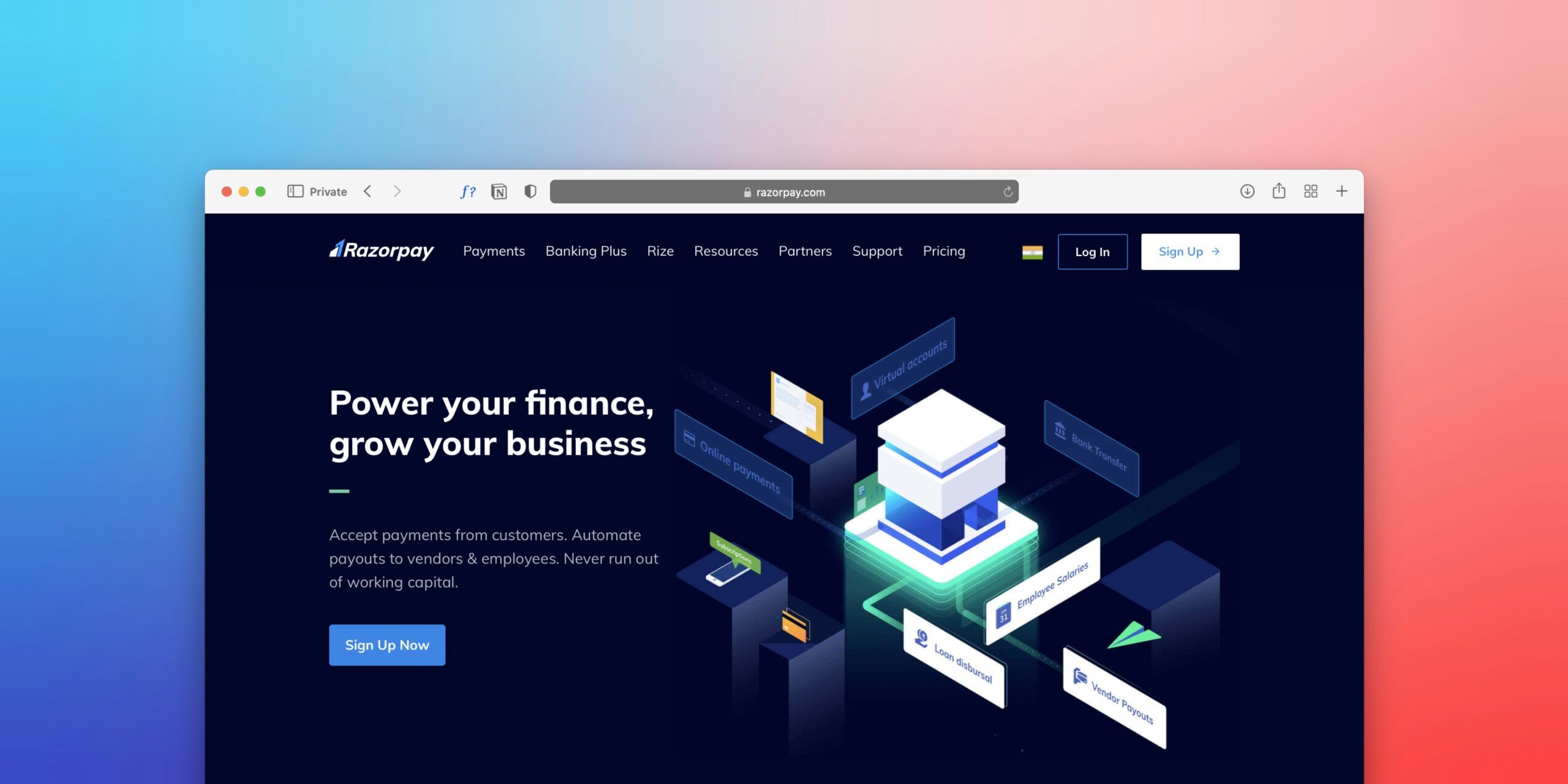Embracing Flexible Payment Options to Minimize Purchase Friction
October 20, 2025 | by qqvmedia.com


Understanding Purchase Friction
Purchase friction refers to the obstacles that customers encounter during the online shopping process, particularly at the checkout stage. These barriers can significantly impact a customer’s ability to complete a purchase, ultimately leading to higher cart abandonment rates. Numerous studies indicate that a staggering percentage of online shoppers abandon their carts, often due to issues directly related to payment processes and options.
One prevalent hurdle is the limited availability of payment options. Consumers today expect a variety of choices when it comes to payment methods, including credit and debit cards, digital wallets, and other alternative financing options. When businesses fail to offer diverse payment solutions, potential customers may become frustrated and exit the purchase process, thereby diminishing sales opportunities.
Additionally, complicated payment gateways can contribute to purchase friction. When a checkout process is lengthy, requires excessive information, or includes unclear instructions, customers are more likely to abandon their carts. A streamlined and intuitive payment process not only facilitates a smoother transaction but also enhances the overall shopping experience.
Security concerns also play a crucial role in purchase friction. With the rising incidence of online fraud, customers are increasingly wary of sharing sensitive information. Businesses must prioritize security features and provide transparent information regarding data protection measures to alleviate customers’ fears. Building trust through visible security arrangements can significantly reduce the likelihood of cart abandonment.
According to recent statistics, nearly 70% of shoppers abandon their carts before finalizing their purchases, with a substantial portion of this behavior attributed to ineffective payment options and processes. This underscores the importance for businesses of understanding the intricacies of purchase friction. By addressing these challenges, companies can enhance the customer experience, ultimately leading to increased sales and better customer satisfaction.
The Importance of Diverse Payment Methods
In today’s fast-paced digital marketplace, consumers display a wide array of preferences when it comes to payment methods, making it imperative for businesses to adopt diverse payment options. Offering multiple payment methods not only caters to individual customer preferences but also enhances the overall shopping experience. Various payment options, such as buy-now-pay-later (BNPL) services, digital wallets, and cryptocurrencies, have emerged as popular choices among consumers. Each method provides unique advantages, making it crucial for retailers to understand their target audience’s inclinations.
Buy-now-pay-later services, for instance, enable customers to purchase items immediately while paying in installments over time. This method appeals particularly to younger consumers who may be hesitant to commit to significant upfront expenses. By integrating BNPL into their checkout process, businesses can improve conversion rates and reduce cart abandonment, ultimately increasing sales. Similarly, digital wallets like Apple Pay and Google Pay streamline transactions by allowing customers to make quick payments using their smartphones, creating a frictionless shopping experience.
Moreover, the rise of cryptocurrencies presents an innovative payment solution that can attract forward-thinking customers. By accepting Bitcoin or Ethereum, businesses can position themselves as modern and adaptable, appealing to tech-savvy consumers who prefer decentralized financial options. Companies like Overstock and Newegg have successfully integrated cryptocurrency payments into their platforms, showcasing a willingness to embrace change amidst evolving consumer preferences.
Furthermore, adopting a diverse range of payment methods not only meets customer demands but also strengthens brand loyalty. When consumers have the freedom to choose their preferred payment method, they are more likely to return for future purchases. A diverse payment landscape can provide a significant competitive edge, allowing businesses to distinguish themselves in a crowded marketplace.
Integrating Flexible Payment Solutions
In today’s competitive marketplace, integrating flexible payment solutions is essential for businesses seeking to minimize purchase friction and enhance customer satisfaction. The first vital step is to utilize reliable payment processors such as Klarna or PayPal, which allow customers to opt for installment plans. These solutions not only increase accessibility for consumers but also encourage higher average order values. By providing the choice to pay in installments, businesses can cater to a wider range of consumers, including those who may be hesitant to make large upfront payments.
Additionally, ensuring that payment gateways are mobile-friendly cannot be overstated. With a growing number of consumers shopping via mobile devices, it is crucial that businesses optimize their payment processes for smaller screens. This means simplifying forms, minimizing page load times, and ensuring the payment interface is easy to navigate. A seamless mobile payment experience can significantly reduce cart abandonment rates, as customers are more likely to complete their purchases when the payment process is straightforward and user-friendly.
Furthermore, prominently promoting various payment options at checkout is equally important. Businesses should clearly display available payment methods, including credit cards, digital wallets, and buy now, pay later options, right on the checkout page. This transparency not only builds trust but also informs consumers of their payment choices beforehand. By clearly outlining these options, businesses can create a less intimidating purchasing environment, making it more likely for customers to finalize their transactions.
Implementing these flexible payment solutions can streamline the purchasing process, improve overall customer experience, and ultimately contribute to increased sales. By focusing on integrated payment systems and consumer-friendly interfaces, businesses are better positioned to meet customer needs and preferences in an evolving retail landscape.
Building Trust and Reducing Cart Abandonment Rates
In the competitive online retail landscape, building trust with customers is paramount. One effective way to foster this trust is through the implementation of flexible payment options. Offering multiple payment methodologies, including credit cards, digital wallets, and buy now, pay later schemes, caters to varying consumer preferences and enhances their shopping experience. This flexibility not only accommodates diverse financial situations but also conveys a message of understanding and care for customer needs.
Transparency in the payment process plays a crucial role in minimizing purchase friction. Customers appreciate clear information regarding transaction fees, payment timelines, and policies surrounding returns or refunds. By providing straightforward explanations of all payment options available, businesses can alleviate apprehension concerning hidden charges or complications that may arise post-purchase. Additionally, showcasing secure payment gateways helps reinforce this trust; using well-known payment processors can enhance a customer’s perception of security, reassuring them that their personal and financial details are protected against breaches.
Furthermore, businesses should strive to identify and mitigate the reasons behind cart abandonment. Studies have indicated that 69.57% of online shopping carts are abandoned, with a significant percentage attributable to complicated checkout processes or lack of preferred payment methods. By streamlining the checkout experience and offering a variety of payment options, e-commerce platforms can actively decrease these abandonment rates. Implementing features like guest checkout, simplified interfaces, and saved payment information can also expedite the purchasing process, thereby enhancing overall customer satisfaction.
To better align with customer expectations, businesses are encouraged to regularly evaluate their current payment strategies. Implementing these recommendations could not only foster trust but also substantially increase conversion rates, ultimately improving the bottom line.
RELATED POSTS
View all


